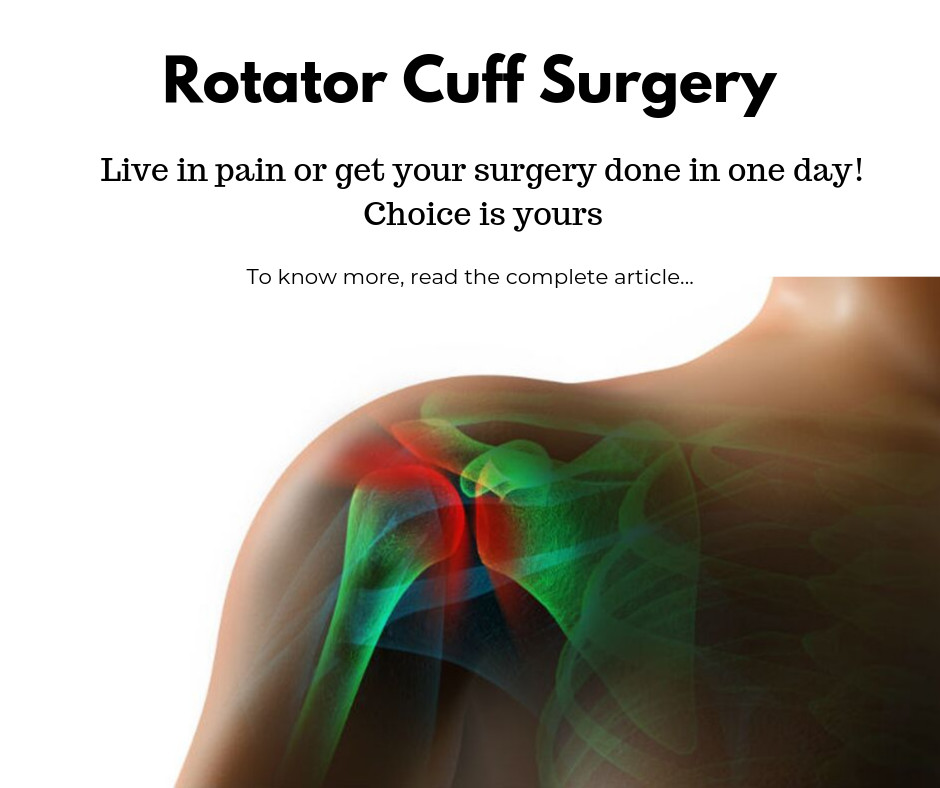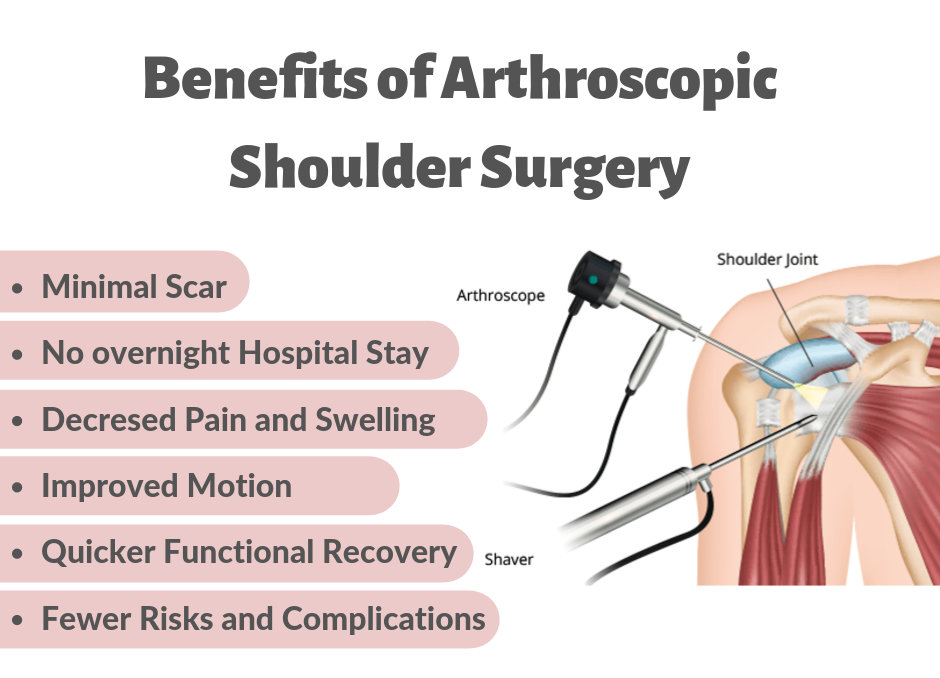

Tears of the rotator cuff of the shoulder are potentially painful and disabling conditions. Treatments for rotator cuff tears vary widely depending upon the severity of symptoms and signs. The person with a rotator cuff tear can have a sudden (acute/traumatic) or gradual (chronic) onset of shoulder pain with or without weakness. Although tears can occur as a result of a traumatic injury, many tears occur gradually, and no specific injury can be recalled.
The pain associated with rotator cuff tears is usually located at the front and side of the shoulder or upper arm, and is frequently described as having an aching, burning or toothachy quality. The pain usually occurs with overhead motions but can progress to the point that it is present with normal activities or wake the patient during sleep.
While most people have heard of the rotator cuff, many are unclear about why we have one and how it functions. The term “rotator cuff” refers collectively to a group of four relatively small muscles that surround the “ball and socket” joint of the shoulder. These muscles are called the suprapinatus, infraspinatus, subscapularis and teres minor.
One function of these muscles is to aid in the rotation of the arm around its long axis (as when one throws a Frisbee or passes a plate from side to side). Another, more important, function of the rotator cuff is to keep the humeral head (the “ball” of the joint, connected to the arm) centered in the shallow glenoid (the “socket” of the joint, which attaches the arm to the body). When the larger muscles around the shoulder like deltoid move the arm, they tend to generate forces that act to displace the humeral head from the socket. The rotator cuff muscles must contract to keep the ball and socket joint centered. When the cuff muscles become weak, torn, or injured, they can no longer perform this centering function and the abnormal motions affect the normal function of the shoulder (refer to animation in this video 55 sec to 1.12 min)
This usually causes pain and weakness with shoulder motion.
Diagnosis
An experienced physician, therapist, shoulder surgeon, or sports medicine surgeon can usually recognize the signs of rotator cuff problems. While the rotator cuff cannot be directly visualized on X-rays, there may be subtle signs on the bones of the shoulder joint that can suggest a problem. However, many different problems can present with shoulder pain, so a thorough clinical examination by an experienced orthopedic shoulder surgeon is recommended.
A physician can diagnose rotator cuff injury by reviewing the patient’s history, performing a thorough physical examination and shoulder examination, and through the use of imaging techniques such as X-rays and magnetic resonance imaging (MRI). MRI images give cross-sectional pictures of the rotator cuff that can identify any abnormality from small tears or fraying of the cuff tissue to large and massive tears.
Medications
Because cuff tears are an essentially mechanical problem, there are no medications that can “cure” the cuff and cause it to heal spontaneously. However, some medications such as Non-steroidal Anti-inflammatory Drugs (NSAID’s) will frequently help to ease the pain and symptoms related to the torn cuff. These medications can be quite helpful but can also have side effects and therefore should be taken under the supervision of a physician experienced in their use.
Injections of steroids (cortisone) into the shoulder may sometimes ease the symptoms of inflammation in the shoulder while a physical therapy program is initiated to rehabilitate the rotator cuff muscles and restore function. While the effects of the cortisone are not permanent, if the cuff can be strengthened while the cortisone is helping ease inflammation, the symptoms may not return as the mechanics of the shoulder are restored. Cortisone injection is not recommended for full thickness cuff tears.
For any medications taken, patients should learn:
- The risks, possible interactions with other drugs
- The recommended dosage
- The cost
Exercises
The normal function of the shoulder joint is dependent upon a balance of several factors, including:
- The fit or conformity of the humeral head (“ball”) to the glenoid (“socket”)
- The integrity of the lip of tissue around the glenoid socket (also called the labrum)
- The integrity of the ligaments within the shoulder capsule that act as “check reins” to motion (termed the glenohumeral ligaments)
- A “vacuum effect” of the head in the glenoid socket
- The stabilizing effect of the rotator cuff muscles around the shoulder joint
Of all these factors, the one that can be addressed most easily is the strength and function of the rotator cuff muscles. These muscles can be strengthened effectively with a supervised and home physical therapy program designed to selectively balance and strengthen the four cuff muscles as described above. Most general shoulder exercisers in the gym do not adequately isolate and address rotator cuff strengthening, so it is important to learn which exercises are most beneficial. This is usually done under the supervision of a physical therapist or athletic trainer.
If the exercises are performed gently several times per day on an ongoing basis, many patients will obtain relief of their symptoms, and their strength will return. These exercises will not cause the cuff to ‘heal’ but may allow the intact remaining cuff to take over the function of the injured portion. It is important for patients to learn the possible risks of physical therapy as well as its cost. The anticipated effectiveness of physical therapy is dependent upon the degree, nature, and chronicity of the tear.
Lifestyle Modification
Left untreated, a full thickness rotator cuff tear with eventually cause arthritis. However, there are times when repair may not be indicated due to various factors like age, anaesthetic problems, or patient preference. Lifestyle modification like changing jobs or ergonomic improvements at home and work can help improve symptoms in a limited group of patients.

